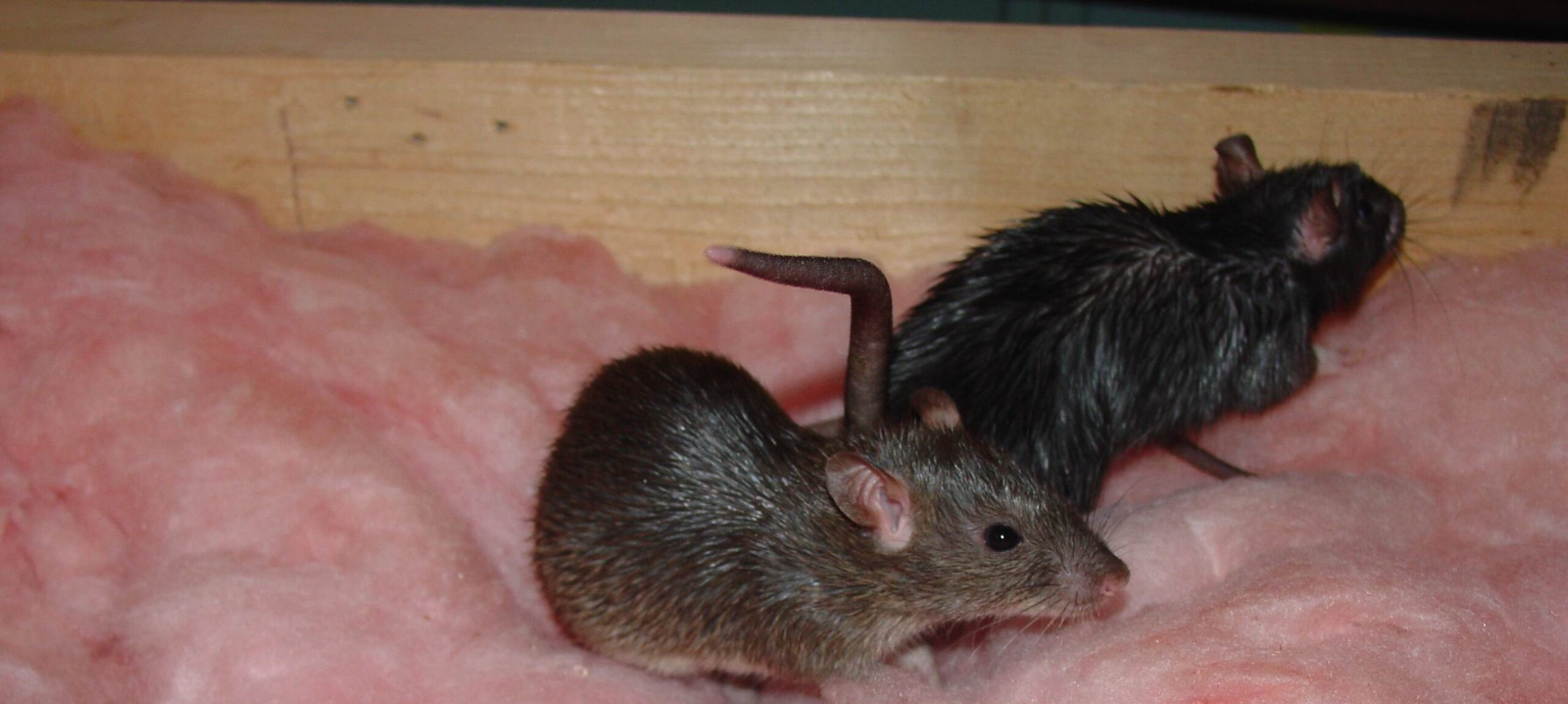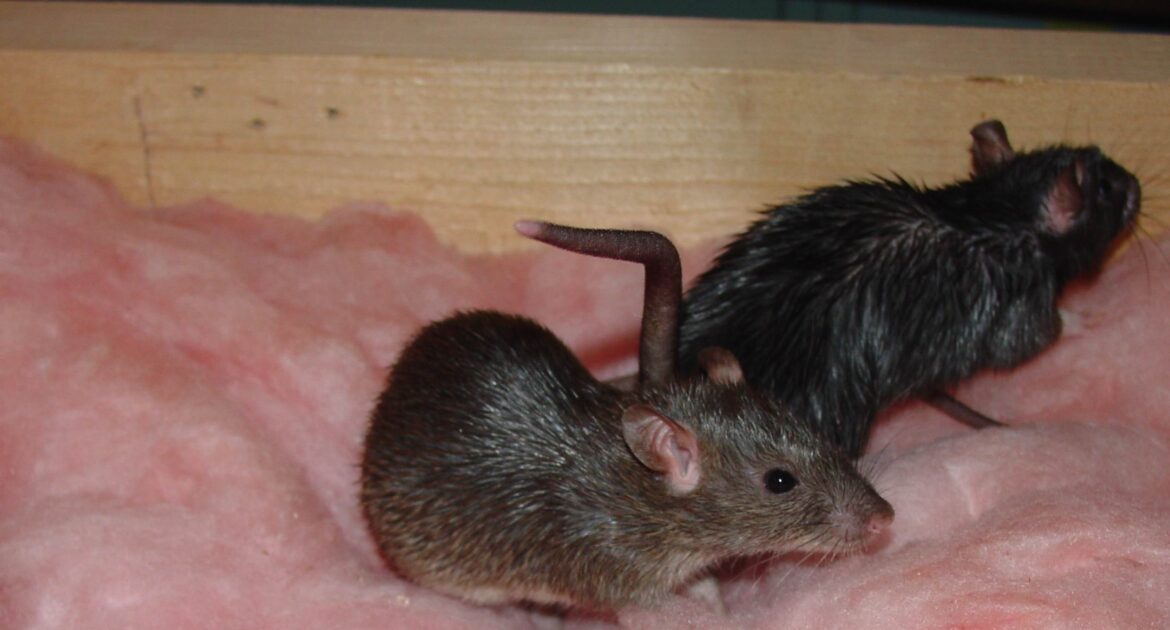The rabies risk in London’s wildlife is a serious concern for homeowners, particularly when dealing with raccoons, skunks, and rats. These animals may seem harmless at first glance, but they can carry risks that must not be ignored. Identifying rabies carriers and preventing rabies exposure are crucial for protecting both human and pet health. Today, we’ll discuss the potential dangers of these animals, how to stay safe, and what steps you can take to reduce risks around your home.
Identifying Rabies Carriers
Rabies is a viral disease that impacts the nervous system, and while it is rare in many areas, it remains a threat in wildlife populations. Understanding whether specific animals are potential carriers can help you make informed decisions.
Raccoons
Raccoons are among the most common carriers of rabies in North America. While they look cute and curious, raccoons can spread the virus through their saliva during a bite or scratch. Signs of rabies in raccoons include:
- Odd behaviour, such as being unusually aggressive, fearless, or active during the day (as raccoons are typically nocturnal).
- Foaming at the mouth or excessive drooling.
- Staggering or having difficulty moving due to paralysis.
If you suspect a raccoon near your property may be rabid, avoid contact and call a professional wildlife control service like us at Skedaddle for assistance. Never attempt to approach or handle the animal yourself, no matter how tame it may appear.
Skunks
Skunks are another significant carrier of rabies. They are known for their signature spray, but the danger does not end there. Rabid skunks often show symptoms similar to raccoons, including:
- Aggressive behaviour or uncharacteristic fearlessness.
- Difficulty walking or displaying spasmodic movements.
- Strange vocalizations or unusual sounds.
Because skunks frequently nest near human homes, they pose additional risks if rabid. Be cautious if you notice skunks on or near your property and consult experts who can assess the situation safely.
Rats
Rats are less likely to carry rabies compared to raccoons and skunks. The virus is rare in rodents, particularly smaller species like rats, as they often die from the attack of a rabid animal before they can spread it further. However, rats can carry other diseases harmful to humans and pets, which is why their presence should still be managed carefully. Signs of unhealthy behaviour in rats may include:
- Lethargy or unusual aggression.
- Erratic, stumbling movements.
While rabies in rats is uncommon, their potential danger as disease carriers makes it important to address infestations promptly.
Rabies Risk: Raccoons, Skunks, and Rats
Now that we’ve looked at identifying these animals, it’s important to understand the rabies risks they may pose to you and your household. Rabies transfer almost always occurs through saliva via a bite or scratch. This can happen either directly or in some cases, indirectly, such as raccoons or skunks coming into your pet’s outdoor enclosure.
Rabies risks increase in areas where wildlife activity is high. For instance, during birthing seasons in spring and summer, animals often seek shelter in homes, garages, and sheds. This means that homeowners in London are more likely to encounter wildlife, making rabies awareness vital.
What Not To Do:
- Do not attempt to feed or interact with wildlife.
- Avoid leaving food or trash outdoors where it may attract animals.
- Keep pets away from unfamiliar or wild animals at all times.
Preventing a Rabies Exposure
Preventing rabies exposure is always better than managing its consequences. By taking a proactive approach, homeowners can minimize risks effectively and protect their families. Here are steps to prevent rabies in areas with active wildlife populations:
- Secure Entry Points
Wildlife often enters homes through gaps, damaged fences, or open spaces in garages and attics. Conduct regular inspections on your property to seal any potential entry points. At Skedaddle, we specialize in identifying these vulnerabilities and fortifying them to keep raccoons, skunks, and other wildlife out of your home.
- Vaccinate Pets
Ensure your pets are up to date on their rabies vaccinations. Rabies is almost always fatal in unvaccinated animals if contracted. Regular veterinarian visits can provide added protection and peace of mind.
- Manage Food Sources
Food is one of the biggest attractants for wildlife. Keep trash bins tightly secured and avoid leaving pet food outside overnight. Compost bins and bird feeders should also be managed carefully to reduce the likelihood of drawing unwanted visitors.
- Use Safe Practices Around Wildlife
If you encounter a suspicious animal, do not approach it or attempt to handle it. Instead, contact professionals like us to assess and address the situation. Wildlife control requires both expertise and safe handling to prevent harm to both humans and animals.
- Educate Your Family
Teach children not to interact with wild animals and explain the potential dangers of rabies. Ensure everyone in your household understands that even seemingly friendly animals can carry risks.
- Monitor Activity
Stay vigilant about unusual animal behaviour in your neighbourhood. If you notice signs of rabid animals, report it to local wildlife authorities or engage professional services without delay.
Reducing Rabies Risk with Skedaddle’s Wildlife Removal Services in London
When it comes to wildlife removal in London, Skedaddle stands out as the trusted, professional solution for protecting your home and community. With over 30 years of experience, Skedaddle has become a leader in humane wildlife control, prioritizing both safety and animal welfare. Our team of trained specialists employs proven methods to remove wildlife and prevent their return, ensuring your property remains secure and pest-free.
- Choosing Skedaddle helps prevent the spread of rabies and other wildlife-associated diseases.
- Rabies is a serious health risk that can be transmitted through contact with infected animals.
- Skedaddle addresses wildlife intrusions promptly and effectively.
- Reduce the risk of exposure for you, your family, and your pets.
Our process includes a thorough inspection, safe removal of animals, and the implementation of barriers to block re-entry, minimizing the chances of future issues.
Furthermore, Skedaddle is committed to humane practices. We take care to relocate wildlife in a manner that avoids harm and respects their natural habitats. When you trust Skedaddle, you are choosing not only a service that safeguards your home but also one that actively supports public health and environmental stewardship. Protect your family and community—choose Skedaddle.
Protecting Your Home And Loved Ones
Rabies is a serious but preventable disease. Whether it’s dealing with raccoons, skunks, or managing rat populations, being proactive is key to keeping your household safe. Our team at Skedaddle is trained to help homeowners address these risks humanely and effectively. By combining expert knowledge of wildlife behaviour with thorough prevention techniques, we offer tailored solutions to protect your property and loved ones.
If you’re concerned about the presence of wildlife or potential rabies exposure, contact us today. We’re here to help assess the situation, remove the threat, and ensure your home stays wildlife-free in the future. Together, we can create a safer environment for your family and community.




